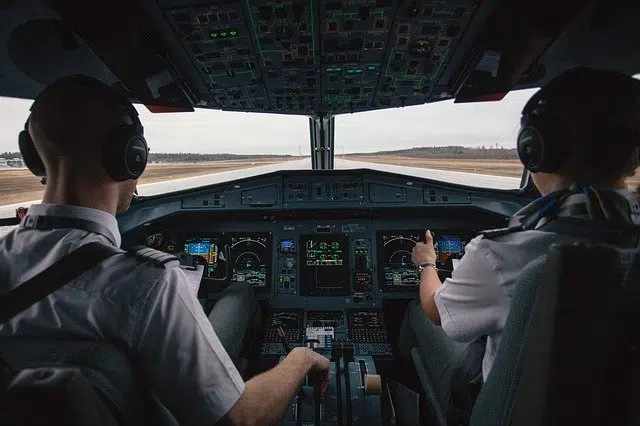
The Nintendo Switch console was a pioneer in the use of haptic technology
The Greek word haptikós came to Spanish as haptic . It is a cultured adjective that can be used as a synonym for tactile .
Linked to touch
Haptic or tactile, therefore, is something linked to touch : the sense that enables the perception of sensations of temperature, pressure and contact when palpating or touching . The discipline that analyzes these questions is known as haptics .
Haptics studies everything associated with the appreciation of contact and its effects . Touch is one of the first senses that develop in humans and is key to acquiring knowledge about textures, surfaces, etc.
The haptic system
The haptic system allows each subject to perceive the environment by using their own body. This sense is part of the essential tools for survival.
It is important to keep in mind that touch influences interpersonal relationships since it intervenes in non-verbal communication . In any case, it must be considered that the way of understanding physical contact varies according to each culture .
Haptic technology
Haptic technology , on the other hand, is called technology equipped with an interface that allows people to interact with the resource through touch . Using sensors , haptic devices respond to the touch of individuals and, in turn, generate sensations that the user receives thanks to their haptic system.
Smartphones ( smartphones ) and several video game consoles feature haptic technology. The first console to implement it was the Nintendo Switch , with its so-called HD Rumble . It is a vibration system capable of emitting a wide range of intensities and generating different sensations in the user, as if they were really touching the objects and textures they see on the screen.
One of the many examples in which we can appreciate haptic technology on the Nintendo Switch is found in some racing games, such as Fast RMX , where it is possible to feel the texture of the terrain on which the vehicles move. In other cases, this technology is capable of transmitting sensations such as the clash of two swords, the manipulation of objects of different shapes and even their weight.
Sony, on the other hand, followed in Nintendo's footsteps with its PlayStation 5 ( PS5 ), including technology similar to its own in its controls, the so-called DualSense . These have actuators that, through vibrations , stimulate the player's palm in different ways. From the wind to raindrops, including the characteristics of the ground, the DualSense transmits this and more to us with very diverse vibrations.
Brief history
As is often the case with technologies that become popular, the beginnings of haptics are found in the military field , more precisely in aviation. It was one of the first applications, and consisted of replicating the resistance forces of aerodynamic control in remote operation controls. In this way, the pilot felt a scaled representation of the phenomena that were taking place in reality, to act appropriately.

Airplane control, one of its first applications
In 1959, on the other hand, the film titled The Tingler , starring horror icon Vincent Price , took advantage of haptic technology in a peculiar way. On some seats in movie theaters, they placed a device called Percepto! , which vibrated in certain scenes to intensify the public's perception.
In 1994, for the film broadcast of the film Dear, I Shrunk the Audience, a system of air pumps was used that made the audience feel that hundreds of mice were walking on the ground and brushing against their legs, emulating a scene from the film. .
